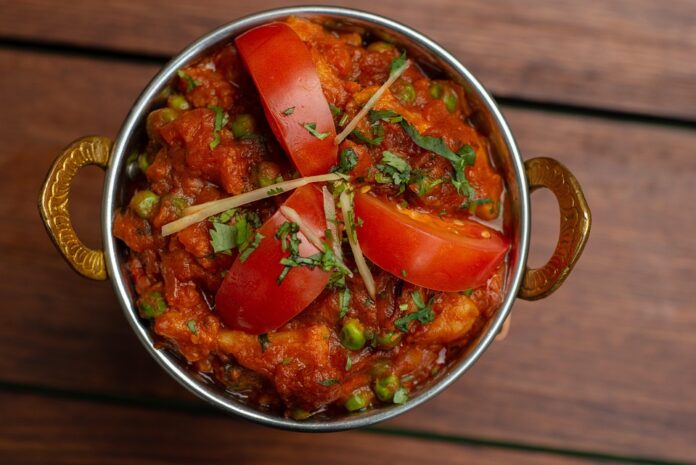Introduction
The COVID-19 pandemic has had a profound impact on the Indian restaurant industry, leading to significant shifts in the landscape. From closures and layoffs to innovative strategies for survival, restaurants across the country have had to adapt to the new normal in order to stay afloat. In this report, we will explore how COVID-19 has reshaped the Indian restaurant landscape, examining the financial implications, industry trends, and the strategies that restaurants have employed to navigate these challenging times.
Financial Impact
Closures and Revenue Loss
The pandemic led to a wave of restaurant closures across India as lockdowns and restrictions on dining-in severely impacted revenue streams. According to data from the National Restaurant Association of India (NRAI), over 50% of restaurants in the country were forced to shut down permanently due to the financial strain caused by the pandemic. This resulted in a significant loss of revenue for the industry, with overall sales dropping by 60-70% in 2020 compared to the previous year.
Shift to Delivery and Takeout
In response to the restrictions on dining-in, many restaurants shifted their focus to delivery and takeout services. This pivot helped to offset some of the revenue losses from dine-in sales, with many restaurants partnering with food delivery platforms to reach a wider customer base. According to industry data, the demand for food delivery services in India surged by over 150% during the pandemic, highlighting the importance of this channel for restaurant survival.
Industry Trends
Emphasis on Safety and Hygiene
One of the key trends that emerged in the wake of the pandemic was a heightened focus on safety and hygiene in restaurants. To reassure customers and comply with government guidelines, many restaurants implemented strict sanitation protocols, reduced seating capacity, and introduced contactless dining options. This shift towards a more hygienic dining experience is expected to continue even after the pandemic subsides, as customers prioritize health and safety when choosing where to eat.
Digital Transformation
The pandemic accelerated the digital transformation of the Indian restaurant industry, with many restaurants adopting technology to streamline operations and enhance the customer experience. Online ordering systems, contactless payment options, and AI-powered analytics tools became essential for restaurants looking to survive in the new normal. This digital shift has not only improved efficiency but also opened up new revenue streams for restaurants, such as virtual dining experiences and online cooking classes.
Survival Strategies
Menu Innovation
To stay competitive in a challenging market, many restaurants focused on menu innovation during the pandemic. This involved introducing new dishes, revamping existing offerings, and catering to changing consumer preferences. By adapting their menus to meet the demands of the current environment, restaurants were able to attract customers and drive sales despite the limitations imposed by the pandemic.
Community Support
Community support played a crucial role in helping restaurants survive the pandemic. Many establishments received donations, grants, and other forms of assistance from loyal customers, local businesses, and government initiatives. This outpouring of support not only provided financial relief but also boosted morale and strengthened relationships within the community. Restaurants that were able to cultivate a strong support network were better positioned to weather the storm and emerge stronger on the other side.
Conclusion
In conclusion, the COVID-19 pandemic has reshaped the Indian restaurant landscape in profound ways. From financial losses and closures to digital transformation and menu innovation, restaurants across the country have had to adapt quickly to survive in an uncertain environment. As we look towards a post-pandemic future, it is clear that the lessons learned during this challenging period will continue to influence the industry for years to come. By embracing change, prioritizing safety, and fostering community connections, Indian restaurants can navigate the evolving landscape and thrive in the face of adversity.




